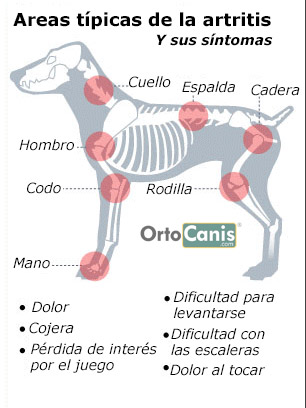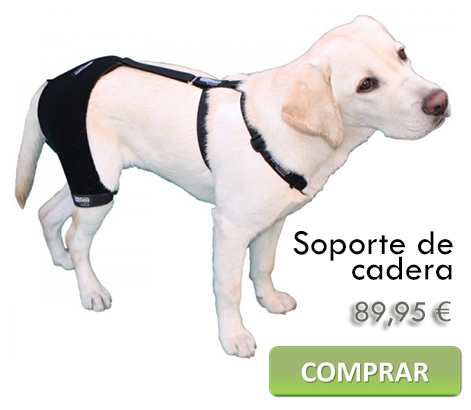 Fortunately or unfortunately dogs cannot talk, as a result it can sometimes be difficult to tell when they are in pain. Fortunately, the reaction a dog has to pain is very similar to ours. Depending on their level of pain tolerance, the intensity and its origin, we can observe behavioral changes that are a way of seeking help. These avoidance behaviors will be more or less obvious, however it is important to know really well what the dog’s normal behavior is in order to be able to perceive changes.
Fortunately or unfortunately dogs cannot talk, as a result it can sometimes be difficult to tell when they are in pain. Fortunately, the reaction a dog has to pain is very similar to ours. Depending on their level of pain tolerance, the intensity and its origin, we can observe behavioral changes that are a way of seeking help. These avoidance behaviors will be more or less obvious, however it is important to know really well what the dog’s normal behavior is in order to be able to perceive changes.
These changes can manifest as general behavioral alterations that range from depression/apathy, to loss of appetite and abnormal panting, and can even reach situations of social avoidance or aggressiveness, especially when the pain intensifies when the area causing the pain is touched.
In more concrete terms, you may observe changes in posture or movement: the dog avoids doing those movements and postures that intensify the pain. A simple example of this would be not putting weight on the leg that is injured. It is also possible that the animal excessively grooms the painful area, which can bring about serious complications such as when a small skin wound turns into dermatitis from licking, despite the pain being a physiological protective response whose role is to prevent the aggravation of an injury.
These abnormal postures that a dog adopts to avoid feeling pain or to reduce its intensity are given the name antalgic postures. One example would be the curvature observed as a result of abdominal pain. With this posture the animal aims to reduce the stress of the abdominal walls on the cavity organs, which is where the pain originates.
Sometimes figuring out the problem isn’t so simple, a dog’s tolerance for pain varies from one animal to another. Furthermore, just like human beings, the pain is difficult to objectively quantify. It’s even possible that the pain can confuse us about its origin, as pain is a nervous mechanism that can be caused by a localized physical injury, but it can also stem from the nervous system with no apparent injury to the painful region. An example of this situation is the pain observed with a pinch in the spine: the pain isn’t manifested more intensely in the place where the injury is, rather it refers to the areas that are innervated by the affected nerves.
It is also possible that the pain feels different according to the tissue that is affected. It is easy to locate the exact location of the injury when dealing with muscular or skeletal pain, but not when the problem is an internal organ: a thorn in a finger is easy to find, but in order to figure out the cause of abdominal pain, whose perception is more diffuse, more detailed explorations should be conducted, even using informative diagnostic techniques such as an ultrasound or x-ray.
Most important of all is realizing as soon as possible the existence of pain, both in terms of treating the problem as soon as it arises as well as taking the necessary steps to reduce its intensity. It has been demonstrated that pain delays an injury’s recovery, despite it being a physiological response to protect the organism from the complications of injuries. For this reason treatments are used to fight pain even before it appears in surgery. In this way the recovery time of the dog has been shortened along with a significant improvement to their wellbeing.
In addition, it has been seen that if the pain is not treated it can become chronic and require lifelong medication, since the nerves are “sensitized”, even when the cause of this pain has been resolved.
Ortocanis Veterinary Technical Team

